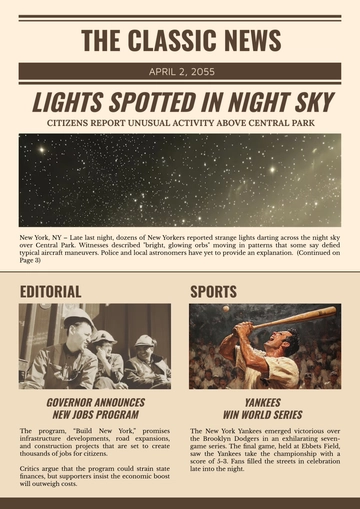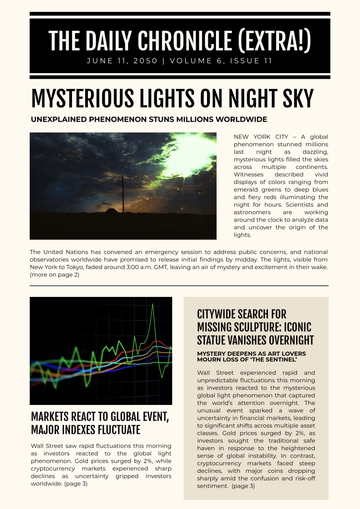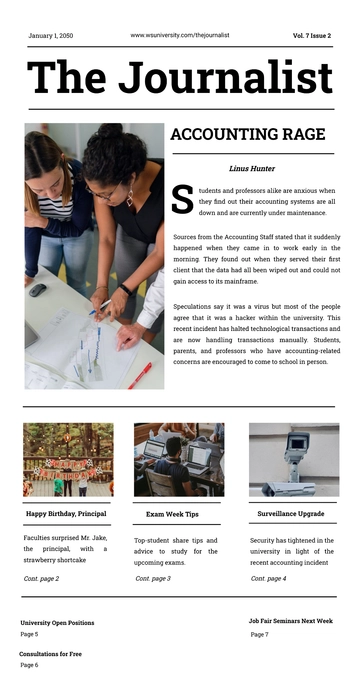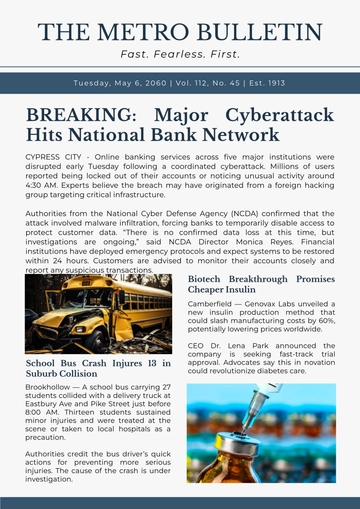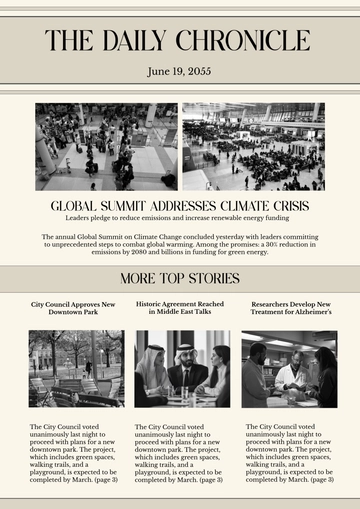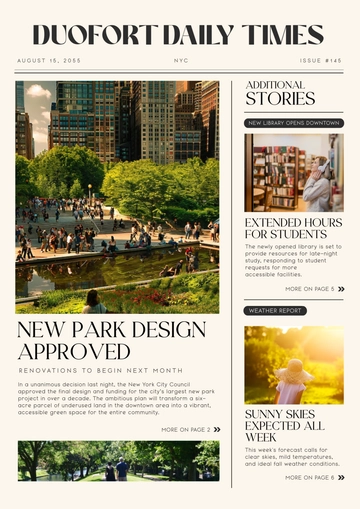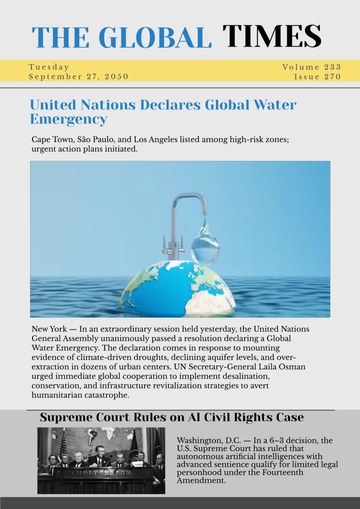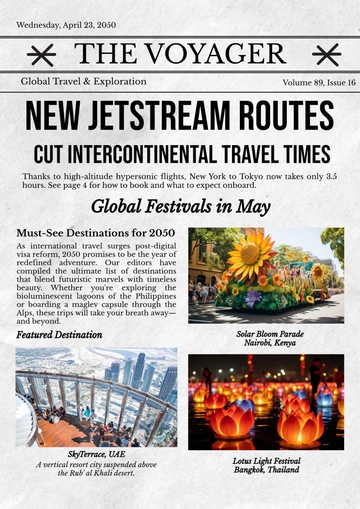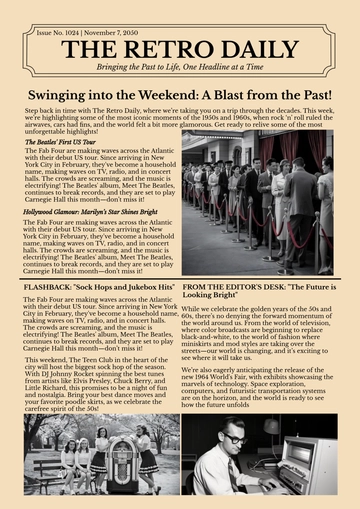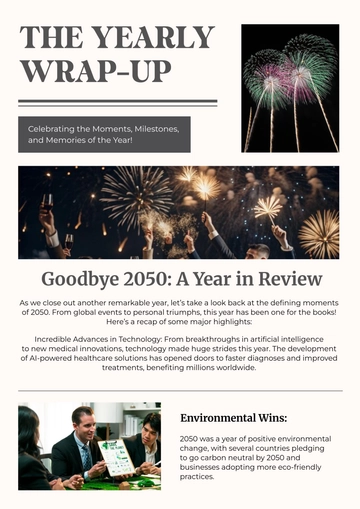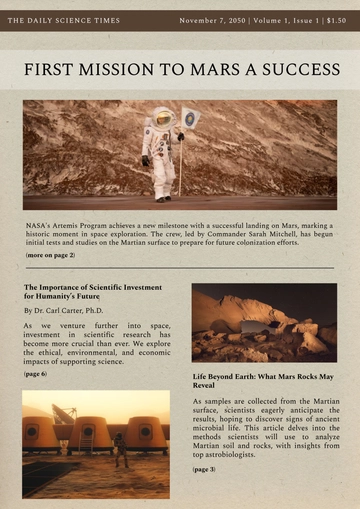Free Insight Newspaper Article

Written by: [Your Name]
Headline: The Future of Urban Transportation: Path to Sustainable Mobility
Byline: Written by Jane Doe, Urban Transportation Analyst
Lead
As cities worldwide grapple with the growing demands of urban transportation, a transformative shift towards sustainable mobility is becoming imperative. The integration of eco-friendly technologies and innovative transit solutions is reshaping the future of how we travel within metropolitan areas.
Introduction
Urban transportation systems are at a crossroads. With increasing concerns over climate change and traffic congestion, cities are exploring new ways to enhance mobility while reducing their carbon footprint. This article delves into the key trends and technologies driving the evolution of urban transit and their potential impact on future cityscapes.
Body
Analysis
The rise of electric and hybrid vehicles is revolutionizing the way people commute. Major cities, such as New York and London, are implementing policies to incentivize the use of electric cars, buses, and bikes. These measures are aimed at reducing greenhouse gas emissions and improving air quality.
Evidence
According to a recent report by the International Transport Forum, electric vehicles (EVs) are projected to make up 30% of all new car sales by 2030. Furthermore, the introduction of dedicated bike lanes and improved public transportation infrastructure has been linked to a significant decrease in traffic congestion in cities like Copenhagen and Amsterdam.
Discussion
The shift towards sustainable transportation is not without its challenges. Infrastructure investments and the transition to new technologies require substantial financial and logistical efforts. However, the long-term benefits, including improved public health and reduced environmental impact, offer compelling reasons for cities to invest in these advancements.
Experts argue that a multi-faceted approach, combining public transportation enhancements, incentives for electric vehicles, and urban planning strategies, is essential for achieving sustainable mobility goals. As cities continue to evolve, embracing these innovative solutions will be crucial for creating more livable and resilient urban environments.
Conclusion
The future of urban transportation is poised for significant change. By prioritizing sustainable practices and embracing new technologies, cities can pave the way for a more efficient and environmentally friendly transit system. As policymakers, businesses, and citizens work together to implement these changes, the path to a greener and more connected future becomes increasingly clear.
Sources
International Transport Forum Report, 2053
City of Copenhagen Transportation Study, 2052
Expert interviews with urban planners and transportation analysts
Visuals
Infographic on EV adoption rates
Chart showing reductions in traffic congestion in bike-friendly cities
Photos of electric buses and bike lanes
- 100% Customizable, free editor
- Access 1 Million+ Templates, photo’s & graphics
- Download or share as a template
- Click and replace photos, graphics, text, backgrounds
- Resize, crop, AI write & more
- Access advanced editor
Enhance your reporting with the Insight Newspaper Article Template, offered by Template.net. This customizable, downloadable, and printable template provides a professional layout perfect for capturing headlines and stories. Easily editable in our AI Editor Tool, it ensures your content stands out, whether in print or online. Ideal for journalists and editors seeking efficiency and style.


